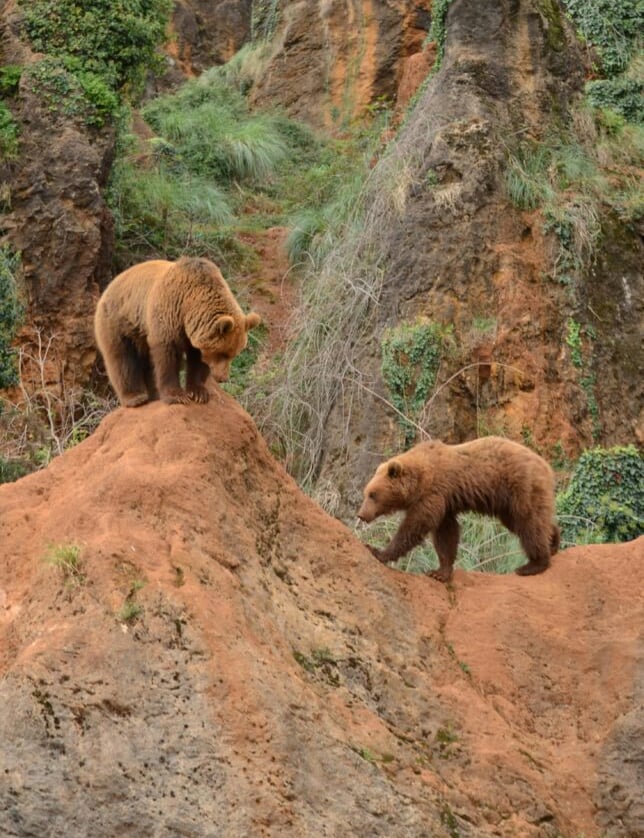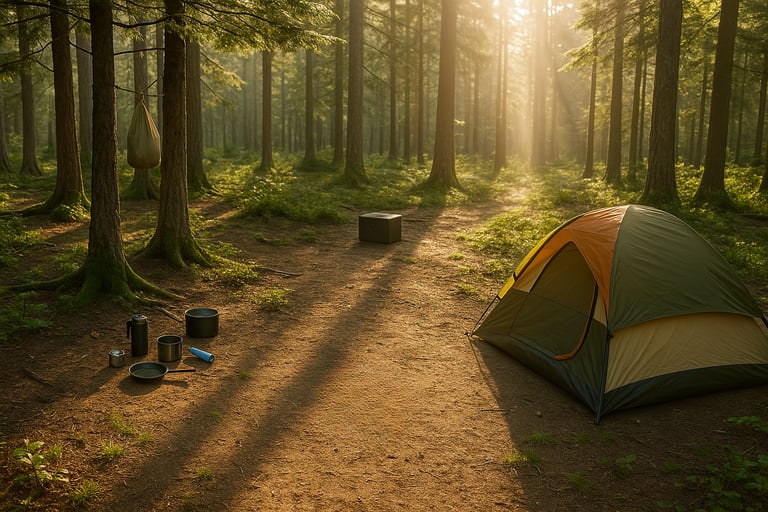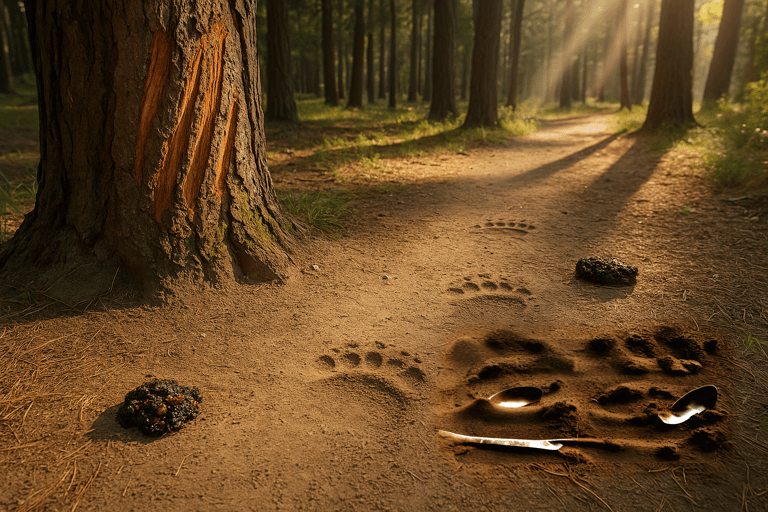How to Avoid Bear Encounters in the Wild
Learn how to avoid bear encounters in the wild with smart hiking strategies, food storage tips, and wildlife safety practices. Stay safe in bear country with this beginner-friendly guide.


How to Avoid Bear Encounters in the Wild
Understanding how to avoid bears in the wilderness is a key part of staying safe while hiking, camping, or exploring remote areas. Bears are powerful, curious animals, and most dangerous encounters happen because a human accidentally startled one, left food accessible, or wandered into its territory without knowing. The good news is that bear encounters are largely avoidable if you take the right steps and remain aware.
In this article, we'll walk through proven strategies to prevent bear encounters, how to recognize bear activity before it turns into a problem, and what to do to minimize risk if you're traveling through bear country.
Why Bear Awareness Matters in the Backcountry
Bears are highly intelligent and driven by two key motivators: food and safety. When you enter their environment, they may perceive you as a threat or a food source — both of which can lead to danger. By understanding bear behavior and adjusting your habits in the wild, you can avoid confrontations altogether.
Being “bear aware” also means practicing habits that reduce scent trails, properly storing your food, and choosing campsites with safety in mind. It’s not just about protecting yourself, it's also about preserving wild bear populations by preventing habituation.
Make Noise and Travel Smart
One of the simplest ways to avoid surprising a bear is to make noise as you move through dense forests or along trails with limited visibility. Talk out loud, sing, or clap occasionally — especially near berry patches, water sources, or bends in the trail. Some people carry whistles and whistle occassionally to alert any bears in the area of their presence. Any noise will work.
Bears usually don’t want anything to do with humans. If they hear you coming, they’ll most likely move away. Hike in groups when possible, as groups are noisier and more intimidating to wildlife. Avoid hiking at dawn or dusk, when bears are most active.
Manage Your Scent and Store Food Properly
Bears have an incredible sense of smell — much stronger than dogs — and they can detect food and scented items from over a mile away. That’s why it’s critical to manage your scent trail.
To stay safe and avoid unwanted attention from wildlife, it's crucial to follow best practices for food storage in the wild using bear canisters or properly hung bear bags. Store all food, trash, toiletries, and even cookware away from your sleeping area. Use bear-resistant containers or hang a bear bag at least 10 feet off the ground and 4 feet away from the tree trunk.
Never leave snacks in your tent, and try to cook food at least 100 feet from where you sleep. If you barbecued and may have the smell of food on your clothes, change your clothes before going to sleep in your tent.
Recognize Bear Signs Early
Before an actual encounter happens, bears will often leave signs of their presence. These include fresh tracks, scat (droppings), claw marks on trees, and overturned logs or rocks. Practicing general wildlife awareness can help you spot these clues early and adjust your route before an encounter becomes a risk. If you notice any of these, it’s a signal to be extra cautious.
Fresh bear scat with berries or fur in it, or large footprints in soft mud, could mean a bear recently passed through. Change direction, speak loudly, and leave the area calmly.
What to Do If You See a Bear
Even with the best precautions, you might still encounter a bear. If you do, stay calm. Do not run. Slowly back away while facing the bear and speak in a calm, firm voice.
If the bear hasn’t seen you, quietly retreat. If it has seen you but isn’t approaching, back away slowly and give it space to escape. If the bear starts to approach, stand your ground, prepare your bear spray, and don’t show fear. Most charges are bluff charges meant to scare you off.
For other dangerous scenarios, such as a predator following you over time, it’s helpful to know how to respond if a wild animal approaches or follows you.
Use Bear Spray — And Know How to Use It
Bear spray is one of the most effective deterrents against aggressive bears. It works by creating a cloud of capsaicin that irritates the bear’s eyes and nose, giving you time to retreat. It's often been known to be so repulsive to the Bear that the Bear will run away. This happened to the author in Yellowstone National Park, a simple spray of Bear Spray sent a stalking Black Bear off in another direction. Trust me, it works!
Keep the spray accessible (not buried in your pack), and practice removing the safety clip so you're ready if needed. Spray when the bear is within about 30 feet and aim low so the cloud rises into its face. Always be cognizant of wind directions when traveling in Bear Country. You don't want to spray some of that stuff if it will only go right back in your face. Be cognizant and use Bear Spray when necessary.




© 2025. All rights reserved About | Privacy Policy | Terms and Conditions | Affiliate Disclosure | Disclaimer


